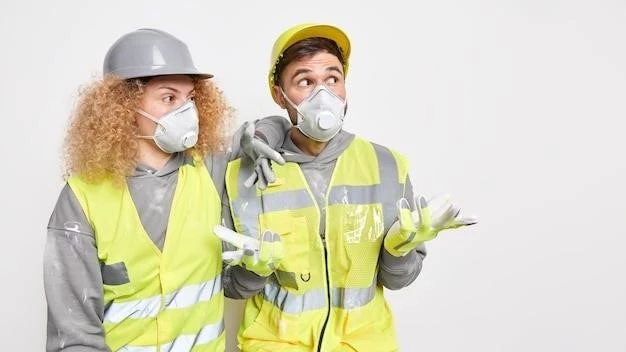The Occupational Safety and Health Administration (OSHA) is a vital agency of the United States Department of Labor, established in 1970 with the primary mission of ensuring safe and healthful working conditions for working men and women by setting and enforcing standards and by providing training, outreach, education and assistance. OSHA’s mission is crucial, as workplace safety is a fundamental human right and a critical component of a thriving economy.
OSHA’s role in protecting workers can be summarized in the following key areas:
Setting and Enforcing Standards
- Developing and issuing safety standards: OSHA develops and enforces safety standards in the Code of Federal Regulations, covering a wide range of industries and hazards. These standards are based on scientific evidence and industry best practices.
- Conducting inspections: OSHA Compliance Officers conduct inspections of workplaces to ensure compliance with safety standards. These inspections can be scheduled or triggered by complaints, accidents, or referrals.
- Issuing citations and penalties: If OSHA finds violations during an inspection, it can issue citations and penalties to employers. These penalties can range from fines to court orders to shut down operations.

Providing Training and Assistance
- Offering training programs: OSHA provides a wide range of training programs for employers and workers on various safety and health topics. These programs cover topics such as hazard identification, personal protective equipment, and emergency preparedness.
- Providing consultation services: OSHA offers free consultation services to employers to help them identify and address workplace hazards.
- Developing and disseminating resources: OSHA develops and disseminates a variety of resources, such as publications, videos, and websites, to educate employers and workers about workplace safety.
Enhancing Workplace Safety
- Reducing workplace injuries and illnesses: OSHA’s standards and enforcement efforts have significantly reduced workplace injuries and illnesses over the years.
- Promoting a culture of safety: OSHA promotes a culture of safety by encouraging employers and workers to take ownership of workplace safety.
- Improving worker morale and productivity: A safe workplace is a productive workplace. Workers who feel safe are more likely to be engaged and productive.

Employer Responsibilities
Employers have a legal and moral responsibility to provide a safe and healthful workplace for their employees. This responsibility includes the following key aspects:
- Complying with OSHA standards: Employers must comply with all applicable OSHA standards.
- Maintaining a safe work environment: Employers must provide a workplace free from serious recognized hazards.
- Providing training and education: Employers must provide their employees with training and education on workplace safety.
- Responding to employee concerns: Employers must take seriously employee concerns about workplace safety.
Employee Rights
Employees have the right to a safe and healthful workplace. They also have the right to:
- Report workplace hazards: Employees can report workplace hazards to OSHA without fear of retaliation.
- Participate in safety and health programs: Employees have the right to participate in safety and health programs.
- Refuse to work in unsafe conditions: Employees have the right to refuse to work in unsafe conditions.
OSHA plays a critical role in protecting workers and ensuring a safe and healthful work environment for all. By setting and enforcing standards, providing training and assistance, and promoting a culture of safety, OSHA helps to reduce workplace injuries and illnesses, improve worker morale and productivity, and create a safer and healthier workplace for all.










